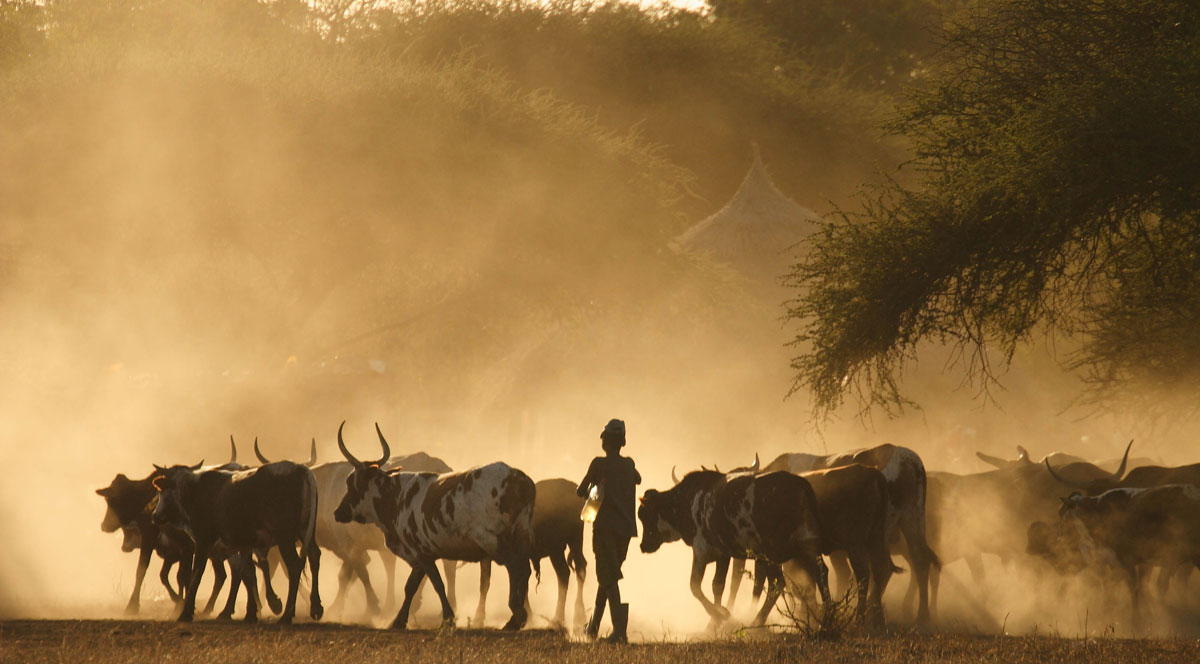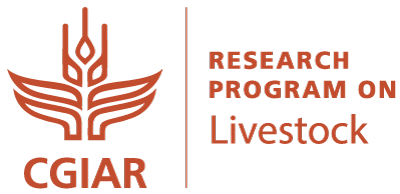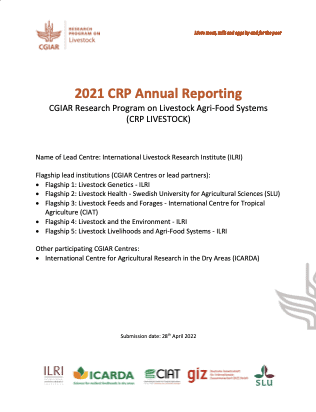
CGIAR Research Program on Livestock

The CGIAR Research Program on Livestock will seize opportunities presented by rapid increases in demand for animal-source food in developing countries.
The current suppliers of these foods are mostly millions of smallholder farmers, pastoralists and agro-pastoralists, together with the value chain actors who trade, process and deliver products to consumers. The program will provide research-based solutions to drive their transition to sustainable, resilient livelihoods and to productive small-scale enterprises that will help feed future generations. This will open up new business and income-earning opportunities in auxiliary services and sub-sectors. It will also improve local and global food and nutritional security and reduce poverty among poor households who keep livestock or contribute to livestock commodity systems, and enhance the environmental benefits these evolving smallholder-based systems can offer

Why research on livestock in developing countries?
Livestock is the world’s fastest-growing highest-value agricultural sub-sector. It already accounts for about 40% of agricultural GDP globally, often much more in many developing countries.
A key trend is the fast-growing demand for animal-source food in consumer food baskets in the developing world as incomes rise. This is set to continue in coming decades, and will be pervasive across all livestock commodities and all developing countries (Figure 1.1). By 2050 milk consumption is likely to triple in east Africa, while the consumption of monogastric foods (pork and poultry meat and eggs) will increase at least four-fold depending on sub-region (Herrero et al. 2014). To date, the limited growth response of livestock production in developing countries is mainly due to the increasing numbers of animals reared by small-scale producers rather than improvements in productivity. This trend is not sustainable because of the pressure it places on natural resources.
Program Objectives
- Ensure that appropriate livestock breeds are readily available, affordable and widely used by poor women and men livestock keepers.
- Improve livestock health and health service delivery.
- Increase livestock nutrition by identifying, testing and delivering superior feed and forage strategies and options.
- Reduce the environmental footprint of livestock production across both rapid and fragile growth trajectories, while ensuring that livestock systems in target countries are able to adapt to global environmental changes.
- Maximize livestock-mediated livelihoods and resilience to risk among smallholder and pastoral producers and their communities, whilst enhancing availability and access to animal source food for rural and urban consumers.
Program Contacts
Thomas Randolph, Program leader, t.randolph@cgiar.org
-
Leaflet

CGIAR Research Program on Livestock leaflet
Annual reports
-
Annual Report

CGIAR Research Program on Livestock Annual Report 2021
CGIAR Research Program on Livestock
